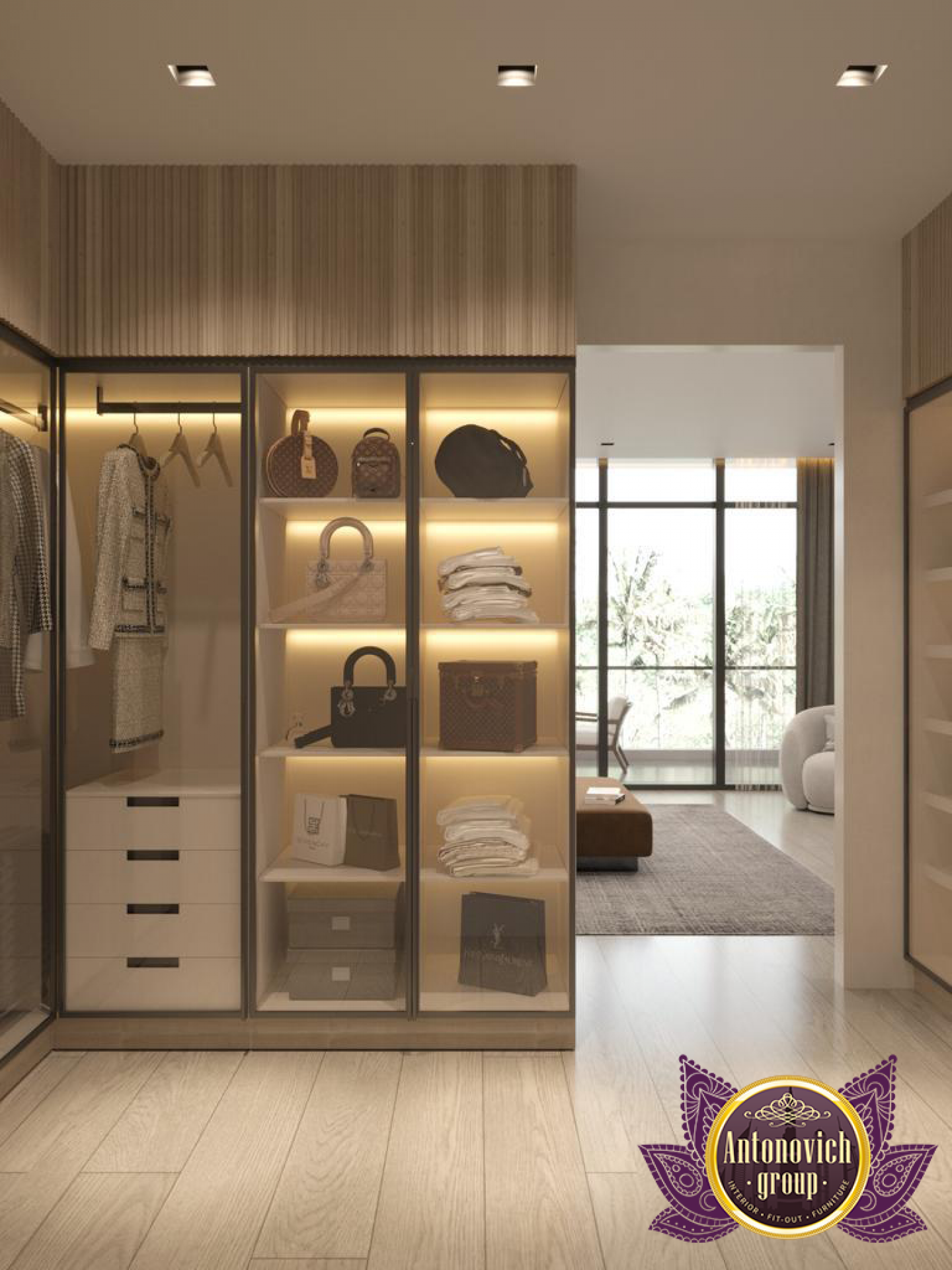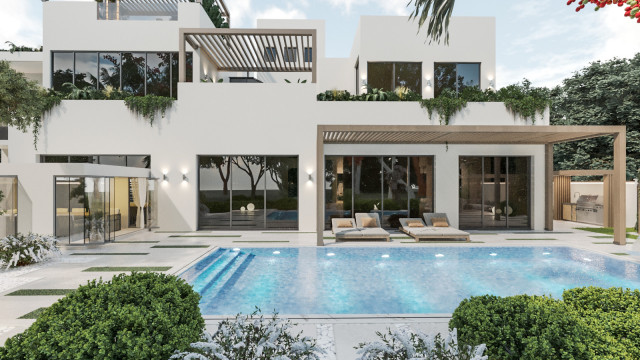BEST DRESSING ROOM INTERIOR IDEAS
Designing a home dressing room interior can be an exciting and enjoyable task for many homeowners. It's a space where one can indulge in personal style, showcasing clothing and accessories in a way that reflects their individuality. A well-designed dressing room can help simplify the daily routine of getting ready, making it a stress-free and enjoyable experience. In this article, we'll explore some key elements to consider when creating a home dressing room interior. The first element to consider when designing a dressing room is the layout. Depending on the available space, the layout should be functional and allow for ease of movement. A good starting point is to create zones for different activities, such as a dressing area, a seating area, and storage for clothing and accessories. The dressing area should have sufficient lighting, ideally natural light, as this will help to create a flattering environment for dressing and applying makeup. Task lighting should also be installed in the dressing area, such as LED strips, to ensure that there is enough light for detailed grooming activities.

Another key element to consider is storage. A well-designed dressing room should have ample storage space for clothing, shoes, and accessories. Custom built-in cabinetry is an excellent option for creating storage that is tailored to the homeowner's needs. Drawers with dividers and organizers are perfect for storing small items, such as jewelry and belts, while shelving and hanging space can accommodate larger items such as clothing and bags. It's also important to consider the type of storage that will work best for the homeowner's needs. For example, if the homeowner has a large collection of shoes, a shoe rack or shelving specifically designed for shoes may be necessary. The overall aesthetic of the dressing room is another important element to consider. The style and color scheme of the dressing room should reflect the homeowner's personal taste. However, it's important to ensure that the color scheme and materials used complement each other to create a cohesive and visually appealing environment. Neutral colors, such as white or beige, are popular choices for dressing rooms as they create a calming atmosphere and allow the clothing and accessories to be the focal point. However, if the homeowner prefers a bold and vibrant aesthetic, bright colors and patterns can be incorporated through accessories such as rugs and artwork.

Seating is another important consideration when designing a dressing room. A comfortable seating area can provide a space for relaxation while getting ready, as well as a place to try on shoes or accessories. The seating area should be located away from the dressing area to allow for privacy when changing. A cozy armchair or chaise lounge is an excellent option for a dressing room as it provides comfort and style. In addition to functional elements, decorative elements can also be incorporated into the dressing room. Artwork, mirrors, and rugs can all add visual interest to the space. A large statement mirror is a must-have for any dressing room as it allows the homeowner to see themselves from head to toe when trying on clothing. A decorative rug can add texture and warmth to the space, while artwork can provide a focal point and reflect the homeowner's personal style. Finally, it's important to consider the budget when designing a dressing room. Custom built-in cabinetry and high-end finishes can quickly add up, so it's important to prioritize elements based on budget. For example, if custom cabinetry is not feasible, pre-fabricated storage solutions can be used instead. Similarly, high-end finishes such as marble or quartz countertops can be replaced with less expensive options such as laminate or engineered stone. Designing a home dressing room interior requires careful consideration of several key elements. The layout should be functional and allow for ease of movement, while storage should be ample and tailored to the homeowner's needs. The overall aesthetic should reflect the homeowner's personal taste, with colors and materials that complement each other.












